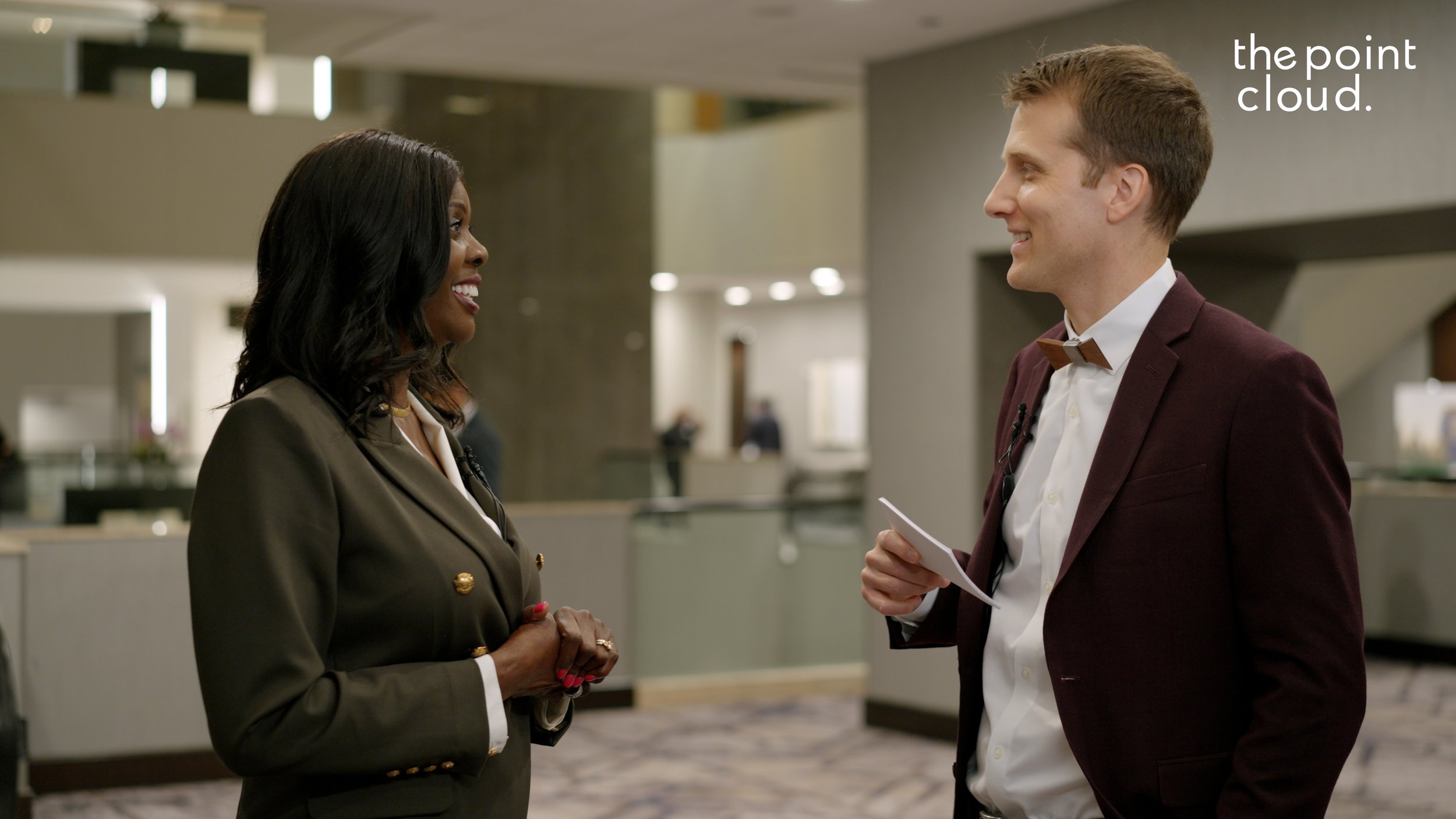USDA Chief Scientist: It’s Ag’s Time to Shine
“We're expected to be well over 9 billion people by 2050, and all of those people will need to eat.”
With over two decades of experience in agricultural science, Dr. Chavonda Jacobs-Young has been instrumental in driving innovation and addressing the critical challenges faced by the industry.
Today, she is the U.S. Department of Agriculture’s Under Secretary for Research, Education, and Economics, as well as the department’s Chief Scientist.
“We really want to be able to grow our food, feed, fiber and fuel in a way that's sustainable and resilient,” she says.
The Point Cloud caught up with Undersecretary Jacobs-Young at the AIM for Climate Summit in Washington, DC. In our interview, she shares her thoughts on innovation, collaboration, and the evolving perception of agriculture’s importance.
The Point Cloud is Agerpoint’s interview series featuring leaders at the intersection of climate, agriculture, nature, and technology. Watch and read highlights from the conversation below. You can also hear to the full interview as an audio podcast on your favorite platforms.
“Always at the Cutting Edge”
“As we work up to COP 28, where agriculture's going to be a focal point, we want to make sure that we are all really focused in on the highest priorities for ag," says Jacobs-Young.
Agriculture’s role in the broader climate conversation hasn’t always been so prominent.
“We are always at the cutting edge of science,” says Jacobs-Young. “We're not always recognized as such.” She notes that people today are more conscious about where their food comes from and how it affects the earth. This increased awareness presents an opportunity for the agricultural community to showcase the significance of their work and demonstrate the importance of sustainable practices.
Promoting Accessibility in Agricultural Innovation
“For us, it's about practical applied research,” says Jacobs-Young. “We have a lot of fundamental research that undergirds it, but if it stays in our laboratory, then what use is it? Our goal is to conduct the cutting edge science and getting it into the hands of the producers wherever they sit in the world to be successful.”
“We're doing that also with open access, with all of the publications that result from our science in the federal government looking at our data sets,” she continues. “We're making all of that online and publicly accessible. If you have broadband and web access, you have access to our impacts and our outcomes.”
“The Future Is Here” - And Still Coming
Jacbos-Young is energized by the USDA’s immediate science and research goals, but she also has her eye on the longer-term.
“I'm very excited about that opportunity to really drive the vision for the future . . . on what we should be focused on for three years,” she says. “But we should always be looking 10, 20 years out, being prepared.”
—-
Please subscribe, like, rate 5 stars, tell your friends, and join the conversation with Agerpoint on LinkedIn and Twitter.


